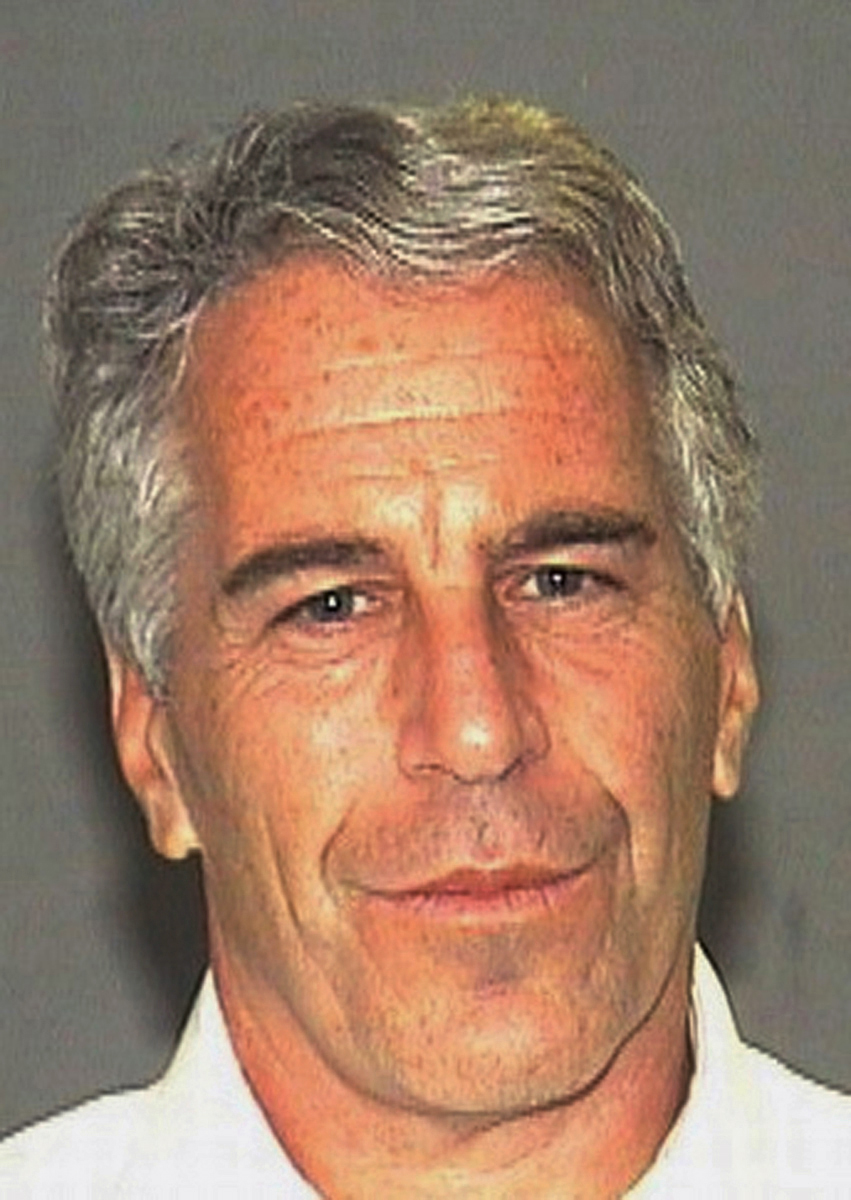Jeffrey Epstein's media intimidation tactics reportedly included a severed cat's head, hand-delivered bullet


How did Jeffrey Epstein manage to keep his alleged and confirmed sexual abuse of young women out of the press for so long? NPR's David Folkenflik took a look, and what he found ranged from the banal to the creepy and downright sinister. There were prominent lawyers threatening lawsuits, there was largesse — a New York Times reporter exited the paper after disclosing he had solicited a $30,000 donation from Epstein, a source and subject of his profiles, for a favorite nonprofit — but also, Folkenflik found, there were some more mafia-like tactics. Epstein died by suicide in jail this month.
When he was editor-in-chief of Vanity Fair, Graydon Carter assigned Vicky Ward to write a profile of Epstein in 2002; in the winter of 2003, Epstein was waiting alone for Carter in Vanity Fair's office, where he pleaded with and prodded Carter to leave out any mention of Epstein's interest in very young women, according to John Connolly, then a contributing editor at Vanity Fair. "He was torturing Graydon," Connolly told NPR. Soon after the unflattering profile was published — without on-the-record accounts of abuse of an underage girl — Carter found a bullet outside his door. He and Connolly considered it a warning from Epstein.
In 2006, when Connolly started digging around for an article on Epstein's relationships with young women in Florida, Carter found a severed cat's head at his front door, Connolly and other Vanity Fair alumni tell Folkenflik. "It was done to intimidate," Connolly said. "No question about it." Carter was freaked out. Connolly dropped the story.
The Week
Escape your echo chamber. Get the facts behind the news, plus analysis from multiple perspectives.

Sign up for The Week's Free Newsletters
From our morning news briefing to a weekly Good News Newsletter, get the best of The Week delivered directly to your inbox.
From our morning news briefing to a weekly Good News Newsletter, get the best of The Week delivered directly to your inbox.
In the second part of his report, Folkenflik delved into an on-camera interview Epstein accuser Virginia Roberts Giuffre gave to ABC News, which didn't run after getting a warning phone call from Epstein lawyer and friend Alan Dershowitz. Listen below. Peter Weber
A free daily email with the biggest news stories of the day – and the best features from TheWeek.com
Peter has worked as a news and culture writer and editor at The Week since the site's launch in 2008. He covers politics, world affairs, religion and cultural currents. His journalism career began as a copy editor at a financial newswire and has included editorial positions at The New York Times Magazine, Facts on File, and Oregon State University.
-
 7 bars with comforting cocktails and great hospitality
7 bars with comforting cocktails and great hospitalitythe week recommends Winter is a fine time for going out and drinking up
-
 7 recipes that meet you wherever you are during winter
7 recipes that meet you wherever you are during winterthe week recommends Low-key January and decadent holiday eating are all accounted for
-
 Nine best TV shows of the year
Nine best TV shows of the yearThe Week Recommends From Adolescence to Amandaland
-
 Sole suspect in Brown, MIT shootings found dead
Sole suspect in Brown, MIT shootings found deadSpeed Read The mass shooting suspect, a former Brown grad student, died of self-inflicted gunshot wounds
-
 France makes first arrests in Louvre jewels heist
France makes first arrests in Louvre jewels heistSpeed Read Two suspects were arrested in connection with the daytime theft of royal jewels from the museum
-
 Trump pardons crypto titan who enriched family
Trump pardons crypto titan who enriched familySpeed Read Binance founder Changpeng Zhao pleaded guilty in 2023 to enabling money laundering while CEO of the cryptocurrency exchange
-
 Thieves nab French crown jewels from Louvre
Thieves nab French crown jewels from LouvreSpeed Read A gang of thieves stole 19th century royal jewels from the Paris museum’s Galerie d’Apollon
-
 Arsonist who attacked Shapiro gets 25-50 years
Arsonist who attacked Shapiro gets 25-50 yearsSpeed Read Cody Balmer broke into the Pennsylvania governor’s mansion and tried to burn it down
-
 Man charged over LA’s deadly Palisades Fire
Man charged over LA’s deadly Palisades Firespeed read 29-year-old Jonathan Rinderknecht has been arrested in connection with the fire that killed 12 people
-
 4 dead in shooting, arson attack in Michigan church
4 dead in shooting, arson attack in Michigan churchSpeed Read A gunman drove a pickup truck into a Mormon church where he shot at congregants and then set the building on fire
-
 2 kids killed in shooting at Catholic school mass
2 kids killed in shooting at Catholic school massSpeed Read 17 others were wounded during a morning mass at the Annunciation Catholic School in Minneapolis
